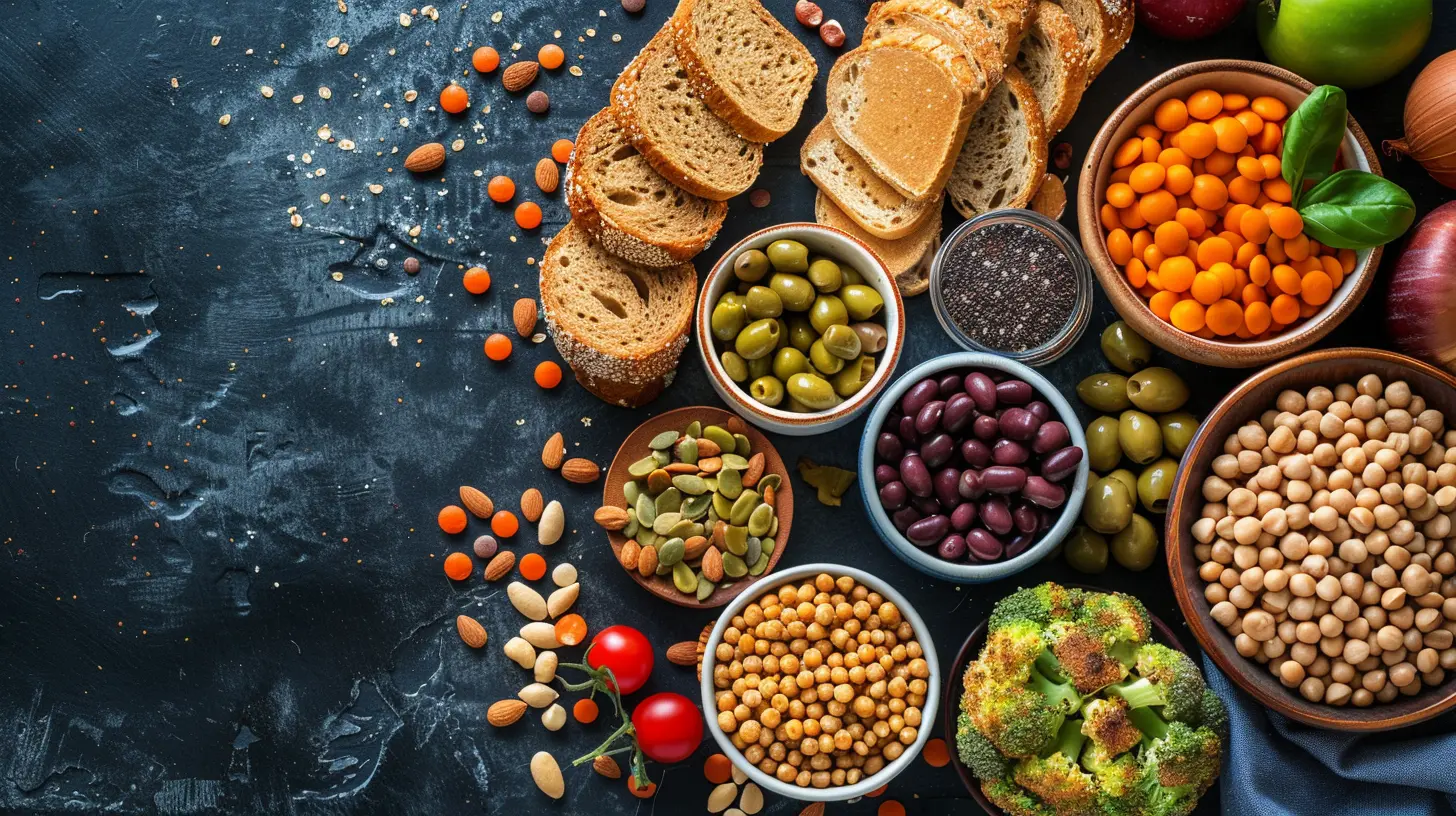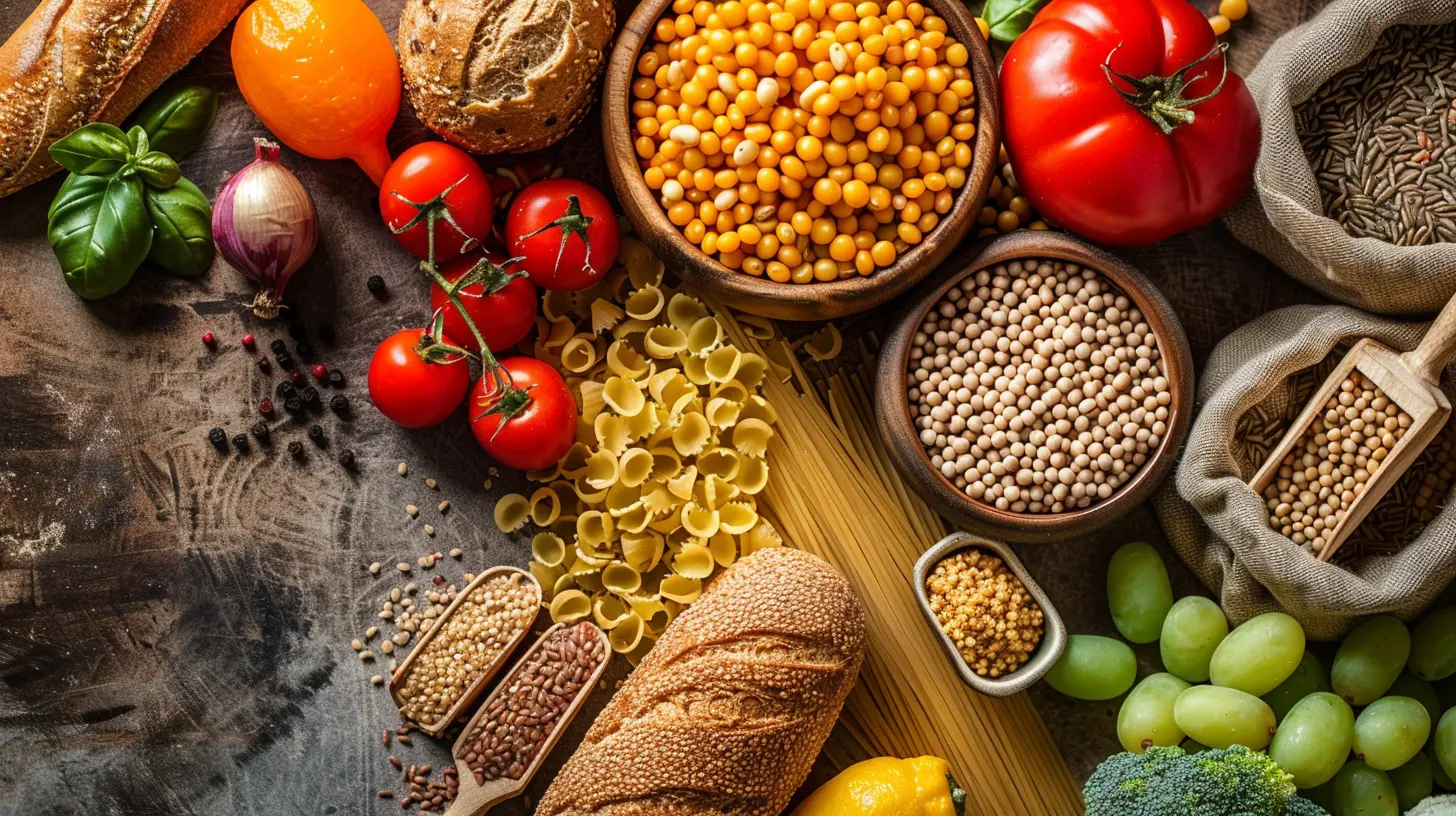Exploring the Role of Fiber in Diabetes Management
6 August 2025
Managing diabetes can feel like a full-time job, right? From monitoring blood sugar levels to making smart food choices, every decision matters. But here’s something that often flies under the radar—fiber. Yep, that simple, unassuming nutrient could be a game-changer in keeping blood sugar in check.
So, let’s break it down. How does fiber help with diabetes management? What foods pack the most fiber? And how can you easily add more to your diet without it feeling like a chore? Stick around—we’re diving deep into all things fiber and diabetes!

What Is Fiber, and Why Does It Matter?
Fiber is a type of carbohydrate, but unlike other carbs, your body doesn’t fully digest it. Instead, it passes through your system, doing all sorts of good things along the way. There are two main types:- Soluble fiber dissolves in water, forming a gel-like substance that slows digestion.
- Insoluble fiber doesn’t dissolve and helps move things along in your digestive system.
Both kinds play a vital role in health, but when it comes to diabetes, soluble fiber steals the spotlight. Why? Because it helps regulate blood sugar levels by slowing down how your body absorbs sugar. Pretty cool, right?

How Fiber Helps Manage Blood Sugar
1. Slows Down Sugar Absorption
Ever eaten something sugary and felt that quick spike in energy, only to crash later? That’s your blood sugar skyrocketing and then plummeting. Fiber helps prevent these rollercoaster spikes by slowing down digestion. This keeps glucose levels steady and reduces sudden insulin spikes.2. Improves Insulin Sensitivity
Insulin resistance is a major issue in diabetes. When your body doesn’t use insulin properly, blood sugar builds up. Studies suggest that a high-fiber diet improves insulin sensitivity, making it easier for your body to regulate glucose.3. Supports Gut Health
Your gut plays a bigger role in diabetes than you might think. A healthy gut microbiome (the collection of good bacteria in your digestive system) can improve metabolism and blood sugar control. Fiber acts as food for these good bacteria, helping them thrive.4. Aids in Weight Management
Excess weight is a risk factor for type 2 diabetes. The good news? Fiber helps with weight loss by keeping you full longer. No more reaching for snacks an hour after eating!5. Lowers Cholesterol Levels
People with diabetes often face a higher risk of heart disease. Soluble fiber can help lower LDL (bad) cholesterol, reducing the chances of cardiovascular issues.
Best High-Fiber Foods for Diabetes
Now that we know fiber is a superhero for diabetes management, where can you find it? Here are some fiber-rich foods to add to your meals:Fruits (With Skin!)
- Apples- Pears
- Berries (strawberries, raspberries, blueberries)
- Oranges
Vegetables
- Broccoli- Carrots
- Brussels sprouts
- Spinach
Whole Grains
- Oatmeal- Brown rice
- Quinoa
- Whole wheat bread
Legumes and Beans
- Lentils- Chickpeas
- Black beans
- Kidney beans
Nuts and Seeds
- Chia seeds- Flaxseeds
- Almonds
- Walnuts

Tips to Increase Fiber Intake (Without Feeling Overwhelmed)
Let's be real—overhauling your diet overnight is tough. But small changes can add up! Try these simple strategies:1. Start Your Day with Fiber
Swap sugary cereals for oatmeal or whole-grain toast. Bonus points if you add some chia seeds or berries!2. Keep the Skin On
A lot of fiber hides in the skin of fruits and veggies. So instead of peeling apples or cucumbers, keep them as they are!3. Choose Whole Grains
Whenever possible, opt for brown rice over white, whole-wheat bread instead of white bread, and whole-grain pasta instead of regular.4. Add Beans to Your Meals
Toss lentils into soups, mix black beans into salads, or use chickpeas in stir-fries. They’re packed with fiber and protein!5. Snack Smart
Instead of chips or cookies, try nuts, seeds, or fiber-rich fruits like pears and oranges.6. Increase Fiber Gradually
Eating too much fiber too quickly can lead to bloating and gas (yikes!). Introduce fiber slowly and drink plenty of water to help your body adjust.The Fiber-Diabetes Connection: What Science Says
If you're still on the fence about fiber’s role in diabetes, let’s talk science. Several studies highlight the benefits:- A 2019 study found that people who ate more fiber had lower blood sugar levels and improved insulin sensitivity.
- The American Diabetes Association recommends fiber intake of at least 25-30 grams per day for better blood sugar management.
- Research suggests that a diet rich in whole grains and fiber may lower the risk of developing type 2 diabetes.
With all this evidence, it’s clear that fiber isn’t just another health fad—it’s a necessity for anyone looking to manage or prevent diabetes.
Final Thoughts
Adding fiber to your diet isn’t just about eating more fruits and vegetables (though that helps!). It’s about making small, sustainable changes that improve blood sugar control, support gut health, and promote overall well-being.So, whether you start your day with oatmeal, toss some beans into your lunch, or snack on nuts in the afternoon, every bit of fiber counts. Your body will thank you—not just now, but for years to come.
all images in this post were generated using AI tools
Category:
DiabetesAuthor:

Laurie Barlow
Discussion
rate this article
1 comments
Phaedra McCracken
Great article! It's fascinating how fiber can play such a crucial role in diabetes management. Incorporating it into meals not only supports health but makes meals more enjoyable too! Keep the insights coming!
August 29, 2025 at 4:13 PM

Laurie Barlow
Thank you for your kind words! I'm glad you found the article informative. Fiber truly is a game-changer in diabetes management and meal enjoyment!


